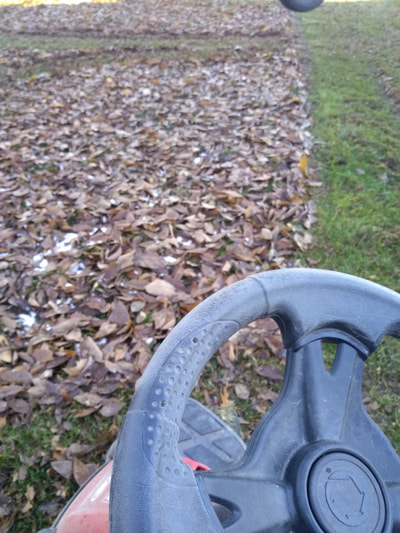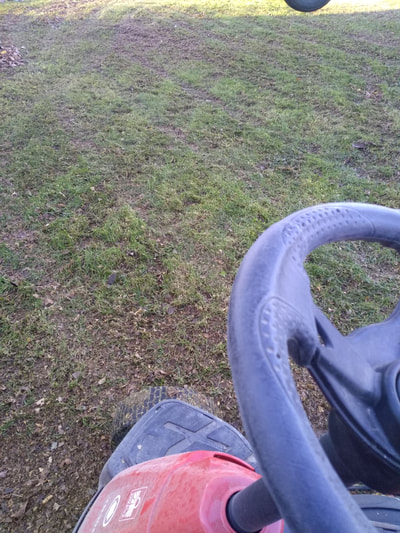 Organic alfalfa meal Organic alfalfa meal The ideal time to prepare your garden beds for spring planting is in the fall. Yes, you read that right! Preparing your garden beds for next year starts as soon as the season ends. Start by cutting down this year’s crops. Dispose of diseased plants and compost healthy ones. Then, Alfalfa meal is a natural soil amendment that I add to my garden each year. Mix 5 pounds per 100 square feet of garden space before adding Living Worm Compost. Vermicompost is more nutrient dense than traditional compost and can fill the gaps of nutrients that may be missing in your soil. One bag per 100 square feet of garden space is a good place to start. Healthy soil in the fall means healthy plants that will produce good crops and help fight off disease in the spring.
0 Comments
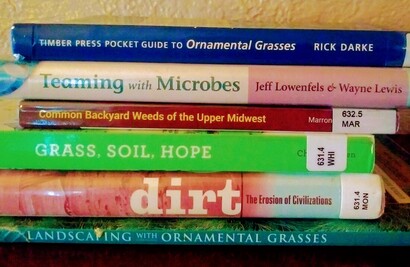 The off-season (November-March) at the Good Sweet Earth homestead is the time of year we like to recharge our batteries and expand our knowledge base. That means a little travel, a little rest, but also a lot of continuing education, research, workshops and reading. Steve (our lawn guy), has decided to focus on two areas of study this year: Learning as much as he can about common lawn weeds found in Michigan, and the physiology of ornamental grasses. That means, in addition to the usual reading about faming, soils, microbes, turf and vermicompost, he’ll be entering the 2020 growing season (hopefully!) with a whole new level of understanding of ornamental grasses and weeds, and how those relate to a healthier, more beautiful yard. So while some of our outside learning comes in the form of classes, much of it comes from good old-fashioned trips to the public library, and browsing the shelves for good books to fill the cold winter months. We thought we’d share with you some of what we’re reading this January, and how it’s informing and inspiring us as we enter a new year.
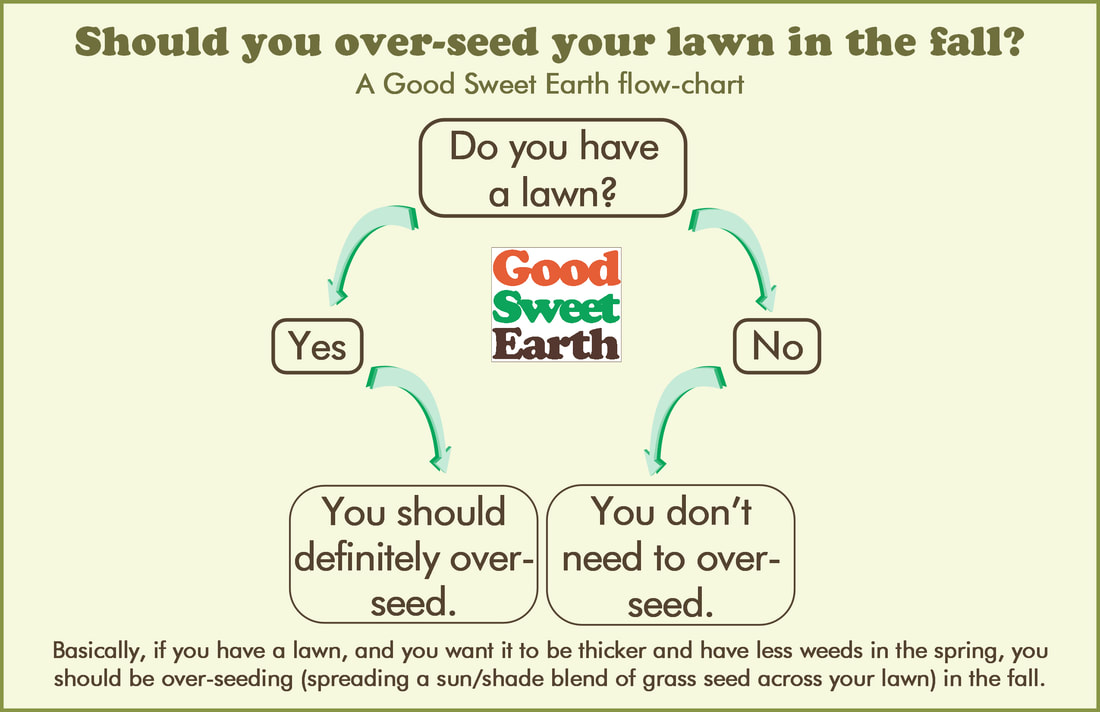 In nature, diversity is king. That’s why it can be so challenging to keep weeds out of your lawn. If there’s even a quarter-sized gap in your turf, chances are some seed will find a home there and germinate. To be honest, the only way you’ll ever have a lawn with zero percent weed coverage is with a lot of chemicals. That’s how golf courses do it, that’s how professional baseball stadiums do it, and that’s how your neighbors with the weed-free lawns do it. When you have a natural yard, you have to accept that nature doesn’t want you to have absolutely no diversity in your lawn. With that being said, you can still work toward having a lawn with less diversity. First, having healthier soil will provide a template for healthier turf. That’s where our organic lawn fertilization and Worm Tea service comes in. Strong, healthy grass won’t grow in sterile, lifeless soil. Next, as you get healthier soil, you need to stay ahead of the weeds. Pull out what you can by hand. But more importantly, fill in the gaps with grass seed after the heat of summer has passed. Late August to mid September is the best time to do this, as it gives the seed time to germinate before winter, and there will be less spots for weed seeds to find a home in the spring. Buy a bag of a sun/shade blend grass seed. Mow your lawn shorter than you normally would, so the seed will have an easier time finding the soil. Shorter grass also means you can go a little longer between mows, which gives the seed a better chance at germination too. Next, broadcast it with a spreader or scatter it by hand. Mixing the seed with top soil and compost before you broadcast it can be helpful. Larger bare spots in your yard could benefit from applying that seed/soil/compost mixture as a “patch.” Finally, if you've got more than 60% weed coverage in your lawn, you may have to come to the conclusion that the weeds have taken over. If you want grass to reclaim your lawn, you'll likely have to re-seed or re-sod. It's just too difficult to bring back healthy turf once the weeds take control, especially if you're going the chemical-free route. If you can remember back to this spring, you'll recall we had some very cold, icy weather well into April. That late blast of winter pushed the spring bloom back a couple weeks for a lot of plants, including for our magnolia tree.
It seems that magnolia wanted to get all it could out of this season since it got such a late start on things, because it also decided to drop its leaves late this year too. Today I was finally able to take care of those leaves. And it was a great day for my lawn. I always tell anyone who will listen that they should mulch mow their lawn, all season long. That means, from the first mow of spring through the final leafy mow of the fall, take that bag off your mower and let those clippings stay on your lawn. Making sure you mulch those leaves in the fall (instead of raking them up) is especially important, because they do so much for your turf. First, those mulched leaves provide a home for critters-- both the macrobial and microbial populations in your yard. They allow beneficial bugs and fungi and bacteria and other critters to overwinter more effectively. A healthy turf relies on those living things, so we should be doing everything we can to make sure they're taken care of on our lawns. Second, those mulched leaves are nature's fertilizer. They break down and release nutrients into the soil which your lawn needs for growth. Then as they break down, they turn into compost for your soil. Soil with a healthy level of compost (organic matter) holds both water and nutrients more effectively, which helps your lawn stay healthy all year long (even in the blazing hot summer and frigid winter). Finally, those mulched leaves serve as insulation for your turf over the winter. Think of that thin layer of chopped up leaves as a blanket for your yard, which means your grass won't suffer as much through the harsh west Michigan winter. In some cases, you may have to run your mower over those leaves two or three times to get the particles small enough for you to be comfortable with. But the extra bit of mowing will be worth it in the spring. In some parts of our yard, I don't even bother to mulch the leaves. I just let them overwinter at full-size, and then in the spring I mulch them up for an early-season lawn feeding. If you've got a smaller yard, or neighbors who might cast judgement upon you, I don't recommend just leaving the leaves, however. Mulch 'em. But if you've got areas of your yard where you just don't care about a little unsightly leaf cover, I say let them go until April. They'll do what nature intended: Cover and feed the soil. (One word of warning: If you've got a really thick leaf cover on your lawn, or you've got big heavy leaves, like from a magnolia tree, you're gonna want to do at least one pass with the mower, otherwise the blanket will be too thick, and may smother your grass or encourage mold.) 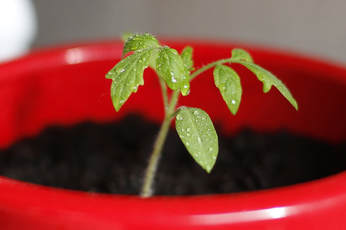 Michigan gives us a glorious six months to garden. Unfortunately, that simply is not enough time for some of our favorite vegetables to be direct sown into the garden. This gives you two options: either start your own or purchase starts from a farm or nursery. If you have a few seasons under your belt and feel confident starting your own here are a few tips and tricks to get you started. First, start off with a quality seed starting mix. Potting soil, topsoil, or soil out of your garden bed simply will not do for starting seeds. You can purchase premixed organic seed starting mix or you can mix your own. We mix equal parts coconut coir, sand, and vermicompost for successful plant starts. Next you want to ensure you have fresh seeds from a reputable source. The older your seeds, the less likely they will germinate. To test the viability of your seeds place 10 seeds evenly spaced between two wet paper towels, roll up the paper towels and seal in a plastic bag. Check seeds in two days to two weeks depending on the seed variety. Finally, timing is everything when it comes to starting seeds. If you start too early your plants can become root bound. On the other hand if you start too late, your seeds will not have the head start they need to reach their full potential. Remember, some vegetables and flowers are best grown by direct sowing including cucumbers, peas, green beans, zucchini, sunflowers and lettuce. Our cool weather crops will go in the ground mid-April depending on the weather. The remaining plants will go in the ground after the last frost on May 16. Happy gardening! |

